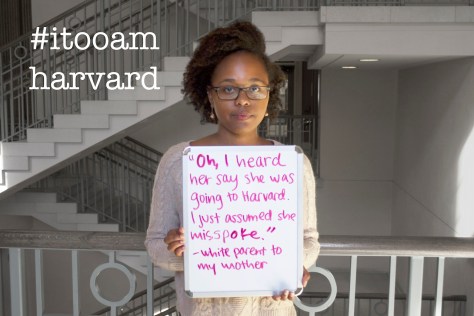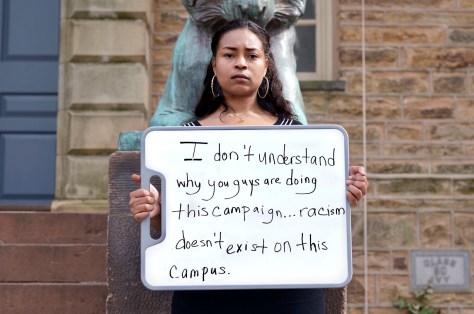
When I made those pictures, I knew nothing about photography. I found a wonderful book by Eugène Atget. He had photographed empty rooms and empty streets in Paris and I was stunned. So I would get out onto the streets early in the morning and take pictures. I called it my “five-finger exercise.”
All these rooms began to look like stage sets. I saw them as pure theatre. My classic example is the barbershop photo: the jacket hanging, the clock over the chair. I thought, well, this is a mise en scène. The man comes in, he puts on his barber costume, and he does his barber act. I began to see the empty streets or empty shops as theatrical backdrops. “Empty New York” is the beginning of me seeing everything as total theatre.

I have a new concept. I call it the “prose portrait.” A prose portrait doesn’t necessarily show you what someone looks like; it’s not a line-for-line reproduction of a face. A prose portrait tells you what the nature of the person is about. When I photographed Magritte, the portrait was made in the nature of Magritte. When I photographed Warhol, the portrait was in the character, the mystery—if there is one—of Warhol. You can’t capture someone, per se. How could you? The subject probably doesn’t even know who he (or she) is. So, for me, a prose portrait is about a person, rather than of a person.
Really like this interview. Really really like these two points about photos as theatrical backdrops and portraiture about the nature of the person.
The note about photos as theatrical backdrops in particular gives me some additional language to explain how ruin porn (among other photography genres) often fails.
And this is just flat-out good advice for any novice photographer too. If you’re photographing a place, give us a sense of how it’ll be populated, change., etc. If you’re photographing a person, make it about the person, not of the person.














